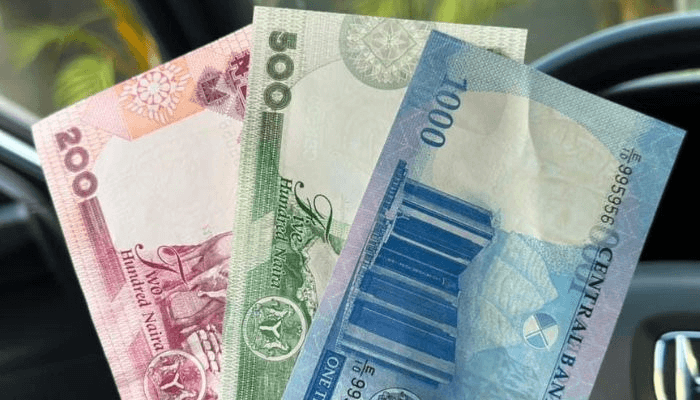The Nigerian Naira has experienced a notable dip in its value against the US dollar, marking a new low in recent financial trends. On April 16, the exchange rate fell to N1,148.14 per USD, a decrease of 1.07% from the previous day, according to reports from legit.org. This downturn reflects a broader pattern of volatility in the Nigerian foreign exchange market.
Central Bank Interventions and Market Dynamics
A significant factor in the Naira’s depreciation is the Central Bank of Nigeria’s (CBN) intervention in the foreign exchange reserves. Recent data indicates that the CBN has expended approximately $2.16 billion in efforts to stabilize the Naira, with external reserves now standing at $32.29 billion as of mid-April. These measures, while aimed at shoring up the currency, have led to complex dynamics in both official and parallel market rates.
In parallel markets, discrepancies have grown, with the official rate set by the CBN considerably higher than what is available on the street. For instance, while the CBN pegged the dollar at N1,101, parallel markets traded significantly lower at N950, causing substantial losses for Bureau De Change operators who sourced their dollars officially.
Regulatory Actions and Future Outlook
The declining value of the Naira has also prompted actions from regulatory bodies. The Economic and Financial Crimes Commission (EFCC) has intensified its crackdown on currency speculators, targeting not only individual traders but also major cryptocurrency exchanges to prevent manipulative practices that could harm the currency’s stability.
Dele Oyewale, spokesperson for the EFCC, emphasized the agency’s commitment to maintaining order in Nigeria’s foreign exchange market, expressing determination to boost the Naira’s value and return it to a competitive stance on the global stage.
Global Currency Trends and the US Dollar’s Dominance
Amid these local challenges, the US dollar continues to assert its dominance as the primary reserve currency worldwide. According to a report by Morgan Stanley, despite potential shifts towards a more multipolar economic landscape, the USD is expected to maintain its leading position, with only a moderate and gradual decrease in its international use anticipated.
This scenario underscores the complexities of global finance, where national efforts to stabilize currencies are often juxtaposed against broader international economic currents
